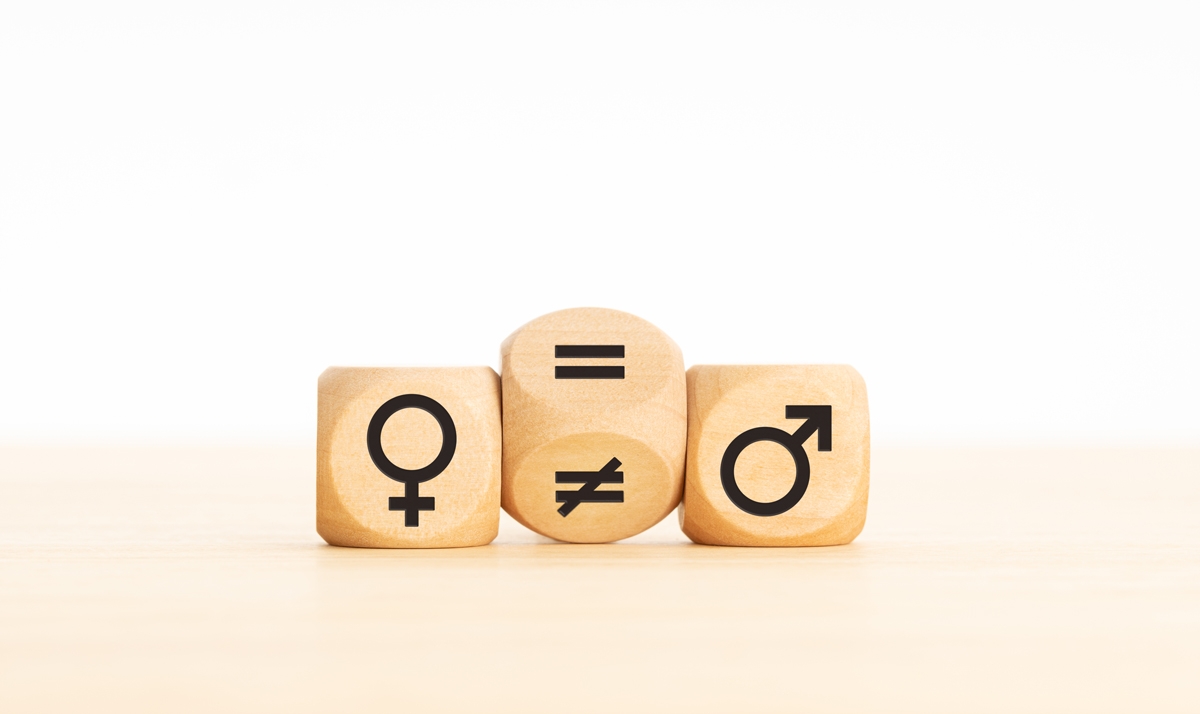To us, the figures given already seem to answer the question "why is it time to discuss gender inequalities at school?" However, we think it is important to add at least 6 more answers, among the many possible ones:
- If gender is a set of attributes, psycho-attitudinal characteristics and behaviours that are considered adequate for an individual, man or woman or even boy or girl, considered as social beings", then the school should play a role in maintaining a conscious look at one's own visions, expectations and practices of gender, so to favour, in the long term, a culture of the feminine and the masculine capable of enhancing differences without them becoming prevarications and inequalities;
- Inequalities are not a "natural fact" but the result of the work of human beings. Education can contribute to developing and sharing practices that counteract the internalisation of inequality as a "natural fact" by avoiding the formation of discriminatory logics.
- Knowledge is not neutral and asexual. Who defines and selects the learning contents? How much are gender differences present in textbooks and school curricula? How can different branches of knowledge be re-read from different angles? Gender roles and relations between women and men change over time and space, and since women constitute half of the world population their history and views should be included in school curricula. This would contribute to the democratic education of a society.
- Gender-based violence is a consequence of unequal power relations between genders; it is spread in all corners of the world and constitutes a violation of the human rights of women and girls. Although both men and women may be victims of gender-based violence, it is widely recognised that most victims are women and girls.
- Gender equality can reduce poverty, reduce child mortality and promote development. Educating girls has proven to improve survival rates and the health of children and women.
- Today, more than 150 countries have at least one law that discriminates against women, so it is necessary to promote an education based on citizenship that, in the future, may influence policies responsible for social changes at the legislative level.
